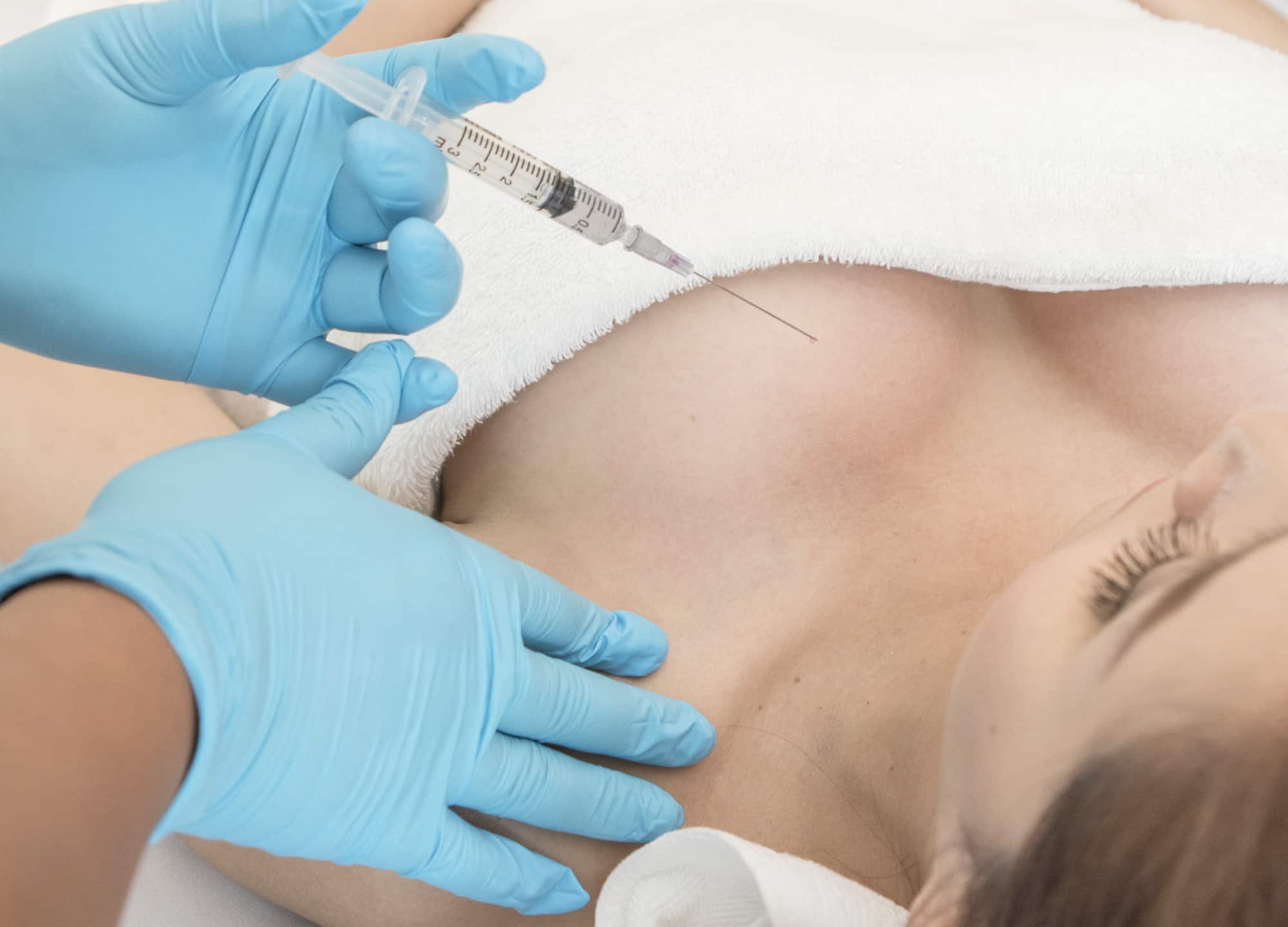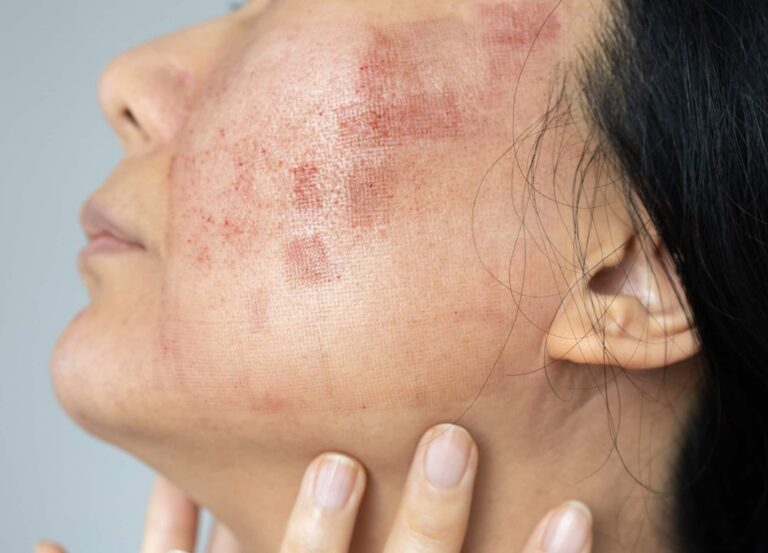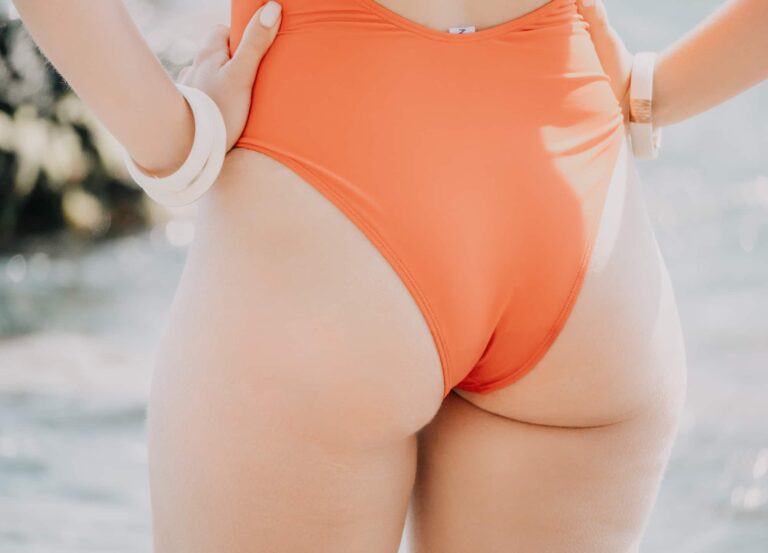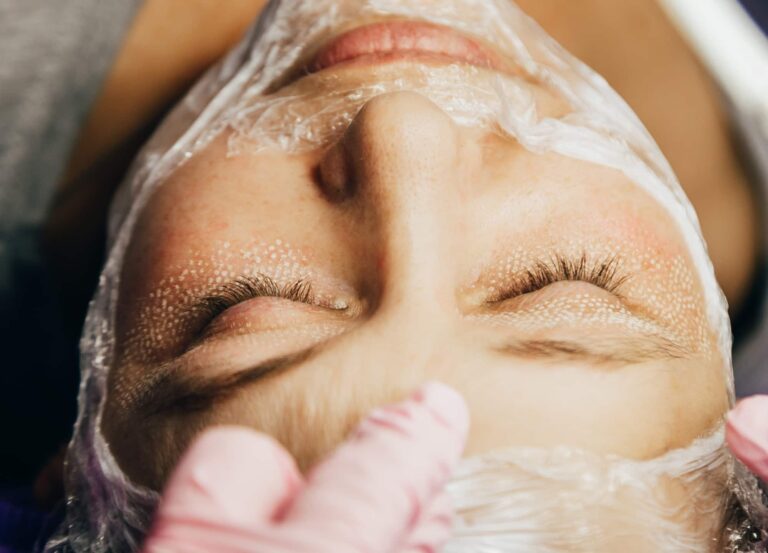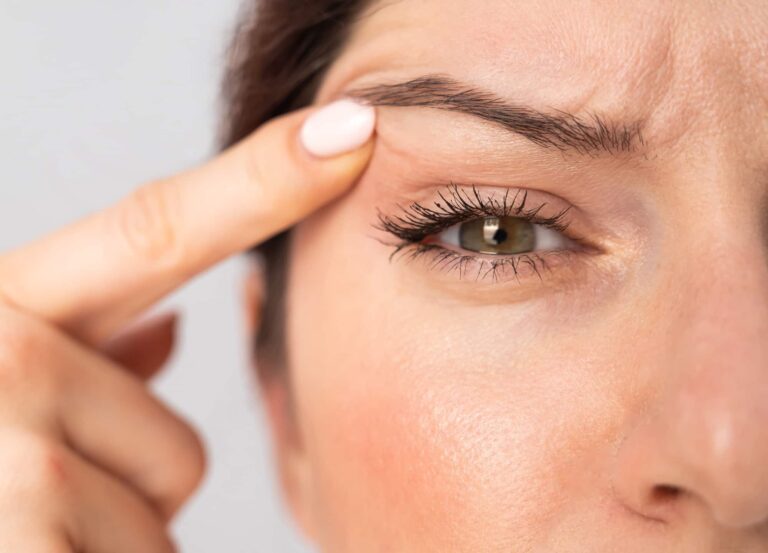Featured Experts
Dr. Kelly Killeen, a board-certified plastic surgeon in Beverly Hills, California
Dr. Johnny Franco, a board-certified plastic surgeon in Austin, Texas
Dr. Georges Kaado, a board-certified physician in Virginia Beach, Virginia
Despite increasing amounts of “filler fatigue” as it pertains to the face, using filler in the body remains more popular than ever. Hyaluronic acid fillers and, more often, biostimulatory options such as Sculptra, are being used with increasing frequency in the hands, buttocks, knees, and even the breasts. But breast fillers are polarizing, with doctors split as to whether breast fillers are safe to begin with as well as exactly how and when they should be used.
We asked Dr. Kelly Killeen, a board-certified plastic surgeon in Beverly Hills, California; Dr. Johnny Franco, a board-certified plastic surgeon in Austin, Texas; and Dr. Georges Kaado, a board-certified physician in Virginia Beach, Virginia, to share their varying takes on this controversial topic.
“We just don’t know what’s going to happen with breast fillers”
According to Dr. Kelly Killeen
Women have been trying to augment their breasts without surgery since the beginning of time. When it comes to using injectable fillers in the breasts, we just don’t know what’s going to happen. The potential for cancer is unknown, as is how these substances can affect breast cancer screening. The other issue is, who is doing these injections? In many states, providers don’t need medical training in order to perform filler injections, and you certainly don’t want someone who isn’t properly trained injecting something into a part of the body that has a higher baseline rate of cancer to begin with.
You have people shoving biostimulatory fillers into the breasts, with no type of follow-up. We’ve seen in facelift patients that Sculptra [a filler made of poly-L-lactic acid that works by stimulating new collagen production deep in the skin] doesn’t leave behind a completely clean canvas once it breaks down, so you have to wonder if it’s going to cause issues for patients who may need some type of breast surgery down the road.
Patients ask me all the time about using hyaluronic acid fillers in the breasts, and I do think those could theoretically be less problematic because they’re temporary. In Korea, there’s already a version of these on the market. I think this is a safer option and makes more sense to me, especially if someone knew they wanted bigger breasts only when they were in their 20s, for example. But even in that case, it’s hard to predict the aesthetic outcome. There’s a big glob of hyaluronic acid floating around that we know has a propensity for migration. A small amount might yield a decent result, but for larger volumes, it’s very unlikely that it would be comparable to that of an implant.
Cost is another issue. You can get implants or fat grafting for the same cost as, if not less than, the many syringes of fillers that you’ll need. People are scared of surgery, and they get convinced–oftentimes by non-trained providers—that fillers are a better option. I hear the same thing all the time: “Well, it’s legal in other countries.” Sure, there are a lot of countries that allow things we don’t. In some places, silicone injections are legal. And yes, people use products off label. But when this is the case, you absolutely need a physician supervising the process. And when you’re injecting something into the breast, they should be a board-certified plastic surgeon.
“The demand for breast fillers is going to increase”
According to Dr. Johnny Franco
There’s definitely a trend toward non-implant breast enhancement. Pairing Sculptra with energy-based devices, to improve skin tone and texture all over the body, has exploded. In the breasts, this combination is great for skin improvements, but we’re not doing this for volume. We’re doing this in patients who maybe already had implants but lost weight and now have some rippling. We’re using this to treat the “Ozempic breast.” The same applies when it comes to using Renuva as a breast filler [Editor’s note: Renuva is made from purified fat tissue and creates a scaffold-like structure that is then filled in with your own fat cells over time, ultimately adding fullness in the same way a fat transfer would]; it’s great for scar issues and contour deformities, be they from an augmentation, a mastectomy, or a mastopexy. But none of these are one-to-one swaps for an implant.
As far as hyaluronic acid fillers go, we use those sometimes for small nipple deformities, but to use those for volume, you’d have to use such a large amount that it would be completely cost prohibitive. It would be like buying a Mercedes G Wagon and then replacing it with a brand-new one every year. With Renuva in particular, patients can be more budget conscious because they can do more treatments as they can afford them. It only builds on what’s already there; the new fat you produce is permanent and doesn’t break down, so you can continuously add more. I do worry when they show Sculptra results on social media where they take 5 or 10 vials and dilute the filler with excessive amounts of water and pump that into the breast. You get lots of volume initially, but it’s rare that you see that last. People are spending their hard-earned money and are grossly disappointed with the results 6 or 12 months later.
But there will be a day soon when we will have more breast filler options. There are already some cool things outside of the country, and another product is supposed to hit the market later this year that will be marketed specifically as a breast filler. It’s similar to Renuva but rather than coming in three cc or five cc syringes, it will come in larger volumes, 15cc or 30cc. So now we’re talking about getting almost 100cc of volume with just three syringes—that’s pretty meaningful. We’re going to have a different conversation about breast fillers once this is available, and I expect it will put pressure on lots of companies to follow suit.
“Fillers deliver a unique type of customizable, natural-looking augmentation”
According to Dr. Georges Kaado
I’ve been using injectable fillers in the breasts for close to 10 years. Currently, I use Sculptra in combination with Renuva. I find it’s a good pairing that gives people both immediate and longer-lasting results. With Sculptra, there’s an immediate effect, simply because of the water that’s used to dilute the product. That gets absorbed, and then the collagen-building effects kick in; it also helps improve the quality of the skin. Renuva takes several months to work but is theoretically permanent. I also do multiple treatments, which make for a very subtle, gradual, and customizable augmentation.
I don’t use Radiesse in the breasts because the calcium hydroxyapatite can show up on a mammogram. I just tell my patients to inform their providers that they do have injectable fillers in their breasts, so that the cancer-screening process can be tailored to them. For example, they may have an ultrasound or MRI instead of a mammogram.
You do have to be the right candidate. These are people who don’t want to have surgery and aren’t candidates for fat grafting because, often, they’re very petite and don’t have any fat to harvest. And they have to have realistic expectations and not be looking for huge amounts of volume. If someone is totally flat-chested, then yes, an implant is going to be better. Breast fillers are for those who want a more modest type of enhancement. They’re for those who have lost weight or are aging and want a little bit of a lift or a little bit of volume, or who already have an implant and want to keep the skin taut and address fine lines and wrinkling.
It can also be cost-prohibitive. On average, people spend somewhere between $20,000 to $30,000 on breast filler treatments, but I’ve had patients spend $100,000. So yes, cost is a big issue, but keep in mind that, besides the initial cost, implants have to be replaced every 10 years. And complications with breast fillers are minimal; in all my years of practice, I’ve never had any issues.
The bottom line
Doctors have been using injectable fillers off label for years. Injecting them into the breasts does pose a unique set of concerns and questions, particularly as pertains to cancer screenings. Using any of the current products on the market to achieve a volume equivalent to that of even the smallest implant is extremely cost prohibitive. Rather, breast fillers can make for a more subtle type of enhancement, improving skin quality more so than anything else. And while this is always the case, it’s paramount to see a board-certified plastic surgeon for these types of injections. Still, given the increase in popularity of and demand for breast fillers—and with options already available overseas—it’s highly likely the new products, marketed specifically for this purpose, will hit the U.S. market sooner rather than later.







